The C919 does not hide its ambition to sell in Southeast Asia, but the path to conquering the world's fastest growing aviation market is not simple.
In its quest for international customers, the first destination outside of China for the "Made in China" C919 aircraft is Southeast Asia.
Last month, its appearance at the Singapore Airshow — Asia's largest aerospace event — signaled that Southeast Asia would be the manufacturer COMAC's first stop on its global expansion, according to Nikkei.
COMAC signed two deals at the show with Chinese airlines for its narrow-body C919 and the smaller ARJ21. China Eastern Airlines put the C919 into service last year. But the Commercial Aircraft Corporation of China (COMAC) has ambitions beyond its home turf.
"We gathered at the Singapore Airshow to witness the C919 and ARJ21 large passenger aircraft flying to the world," a COMAC representative said at the time.
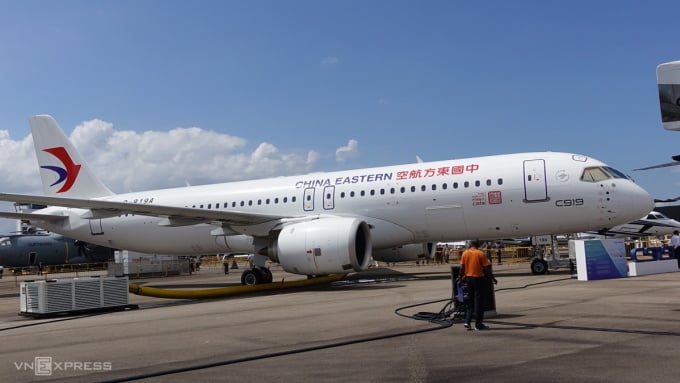
The C919 aircraft on display at the Singapore Airshow belongs to China Eastern. Photo: Anh Tu
Following the Singapore Airshow, the C919 and ARJ21 aircraft have been on display in five Southeast Asian countries, including Vietnam, Laos, Cambodia, Malaysia and Indonesia. "The main purpose is to showcase the aircraft's good performance and lay the foundation for future market expansion in Southeast Asia," COMAC said.
The C919 has so far received more than 1,000 orders, but mostly from Chinese airlines and aircraft lessors. Aviation industry information platform AviationSource clearly assesses that the C919 is targeting the booming aviation market in Southeast Asia.
The region is one of the fastest growing aviation markets in the world. According to market research firm Mordor Intelligence, the size of the Southeast Asian aviation market (including commercial, military and general aviation) is estimated at $34.4 billion in 2023 and is expected to reach $43.57 billion by 2028.
Randy Tinseth, former vice president of commercial marketing at Boeing, said that with an expanding middle class, continued market liberalization, and a booming tourism industry, Southeast Asia has become one of the world's largest aviation markets. "Three Southeast Asian countries - Vietnam, Thailand and Indonesia - are in the top 10 countries that have added the most airline seats since 2010," he said.
Last year, Brunei-based low-cost carrier GallopAir, which has yet to begin flying, signed a plan to buy 15 of the C919 and ARJ21 each. The airline is owned by Chinese businessman Yang Qiang, according to Reuters .
Meanwhile, the Chinese-Indonesian joint venture TransNusa has begun operating the ARJ21, becoming the first foreign customer for the aircraft. The ARJ21 had its first commercial flight in 2016.
State-owned China Aircraft Leasing Corporation (CALC), backed by financial conglomerate China Everbright Group, controls 49% of TransNusa. The Indonesia-based airline leases ARJ21s from CALC and flies them on several routes, including the Jakarta-Kuala Lumpur route.
In terms of prospects, the C919 has several advantages that could attract Southeast Asian airlines. The aircraft has fuel efficiency comparable to competitors such as the Boeing 737 and Airbus A320. And COMAC can offer competitive prices to attract customers.
The C919 has a range of about 5,500 kilometers, enough to connect many major cities in Southeast Asia. A flight from Singapore to Ho Chi Minh City, for example, is about 1,200 kilometers. With a capacity of 192 passengers, the C919 sits between smaller planes and larger long-haul aircraft, making it a suitable choice for popular routes in the region.
Still, there are many challenges for a Chinese-made aircraft to conquer Southeast Asia. Many airlines here focus heavily on connecting to major international hubs rather than just regional routes, so the C919 may not be ideally suited for these longer routes.
In addition, the C919 and ARJ21 have been certified by China but are awaiting approval from the US Federal Aviation Administration or the European Aviation Safety Agency (EASA). Meanwhile, aviation authorities in Southeast Asia often recognize the certification of Western regulators.
Luc Tytgat, acting director of the European Union Aviation Safety Agency (EASA), said he did not know when the C919 would be certified. "To be honest, I don't know when we will be able to do it. The aircraft is so new that we don't know how easy or difficult it will be," he said.
Christian Scherer, CEO of Airbus' commercial aircraft business, said the C919 "does not really bring any significant specific differentiation to the market." Airbus sees COMAC as a "future competitor" and "we welcome competition," he said.
Dave Schulte, Boeing's director of marketing for Northeast Asia, Southeast Asia, forecasts that Southeast Asia will need 4,200 new aircraft over the next 20 years. Shulte sees the C919 as an aircraft that they will start competing with, along with traditional rival Airbus.
“I think both of us (Boeing and Airbus) will face similar challenges in terms of increasing competition in the market,” he said.
According to industry insiders, only four C919s are currently in service in China. COMAC delivered two C919s last year. Aviation consultancy IBA forecasts that 7-10 C919s could be delivered by 2024.
With Airbus and Boeing's narrowbody A320neo and 737 MAX jets sold out for most of this decade, the C919 has a strong chance of gaining market share, especially in the domestic market, said Mike Yeomans, head of valuation at aviation consultancy IBA.
“The immediate challenges for COMAC are around production to meet local demand and certification to enter international markets,” he said.
Phien An ( according to Nikkei, Reuters, AviationSource )
Source link



![[Photo] "Beauties" participate in the parade rehearsal at Bien Hoa airport](https://vstatic.vietnam.vn/vietnam/resource/IMAGE/2025/4/11/155502af3384431e918de0e2e585d13a)


![[Photo] Looking back at the impressive moments of the Vietnamese rescue team in Myanmar](https://vstatic.vietnam.vn/vietnam/resource/IMAGE/2025/4/11/5623ca902a934e19b604c718265249d0)

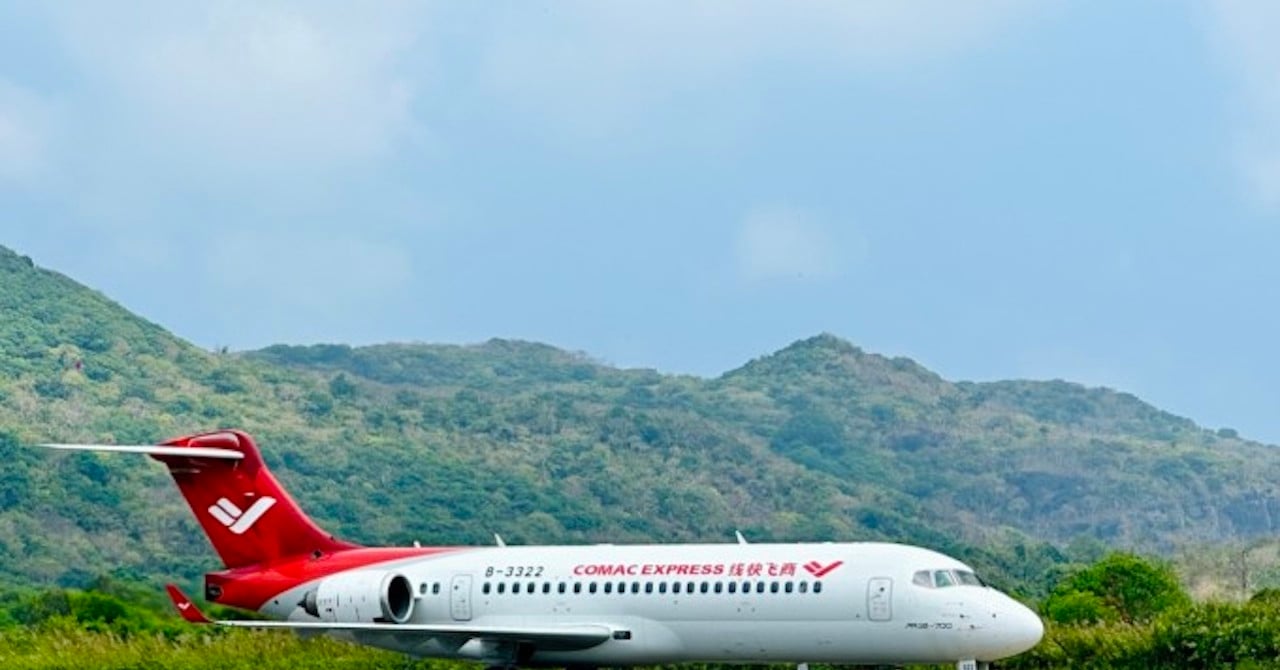

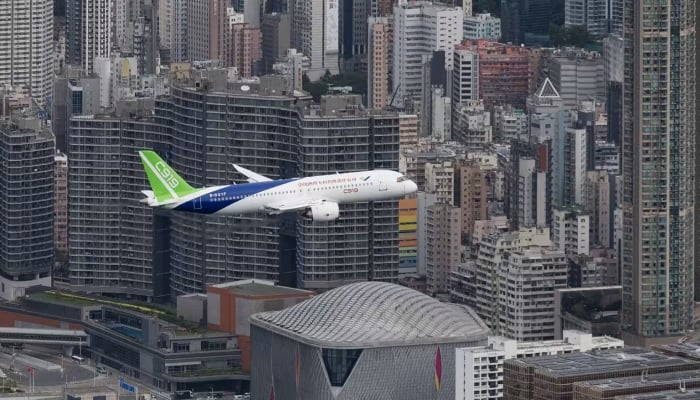



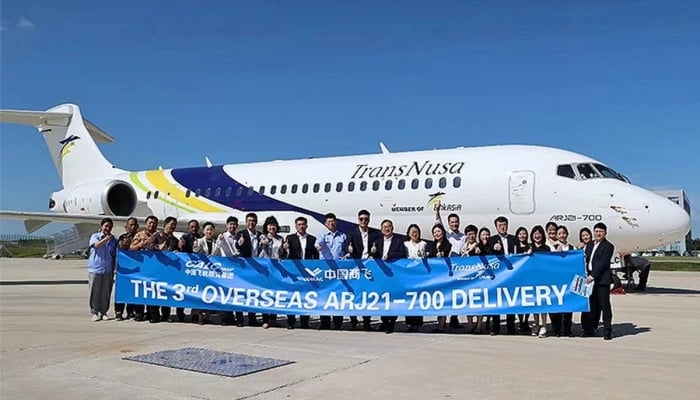
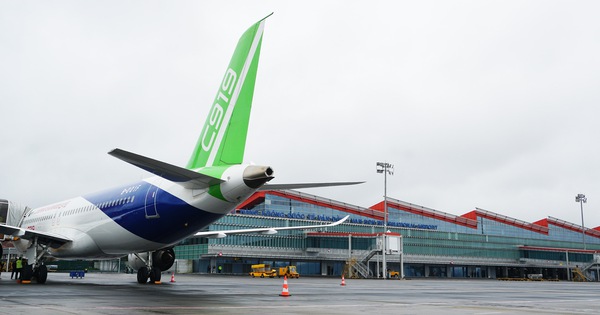

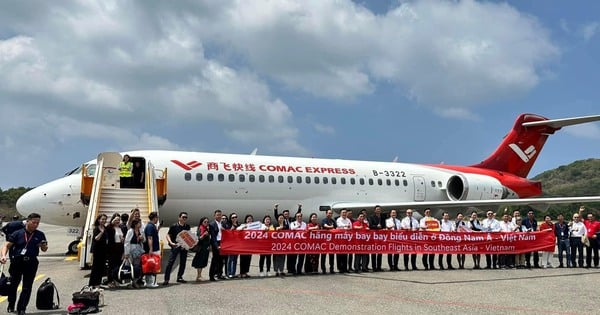
















![[Photo] Summary of parade practice in preparation for the April 30th celebration](https://vstatic.vietnam.vn/vietnam/resource/IMAGE/2025/4/11/78cfee0f2cc045b387ff1a4362b5950f)



























































Comment (0)